
Buddish Story of A Hundred "Lohan" Handscroll Painting by Qing Dynasty Master Painter Wang Hui (1632-1717)
˛MĄN¤jµe®a¤ýćř (1632-1717) ¦ĘĂąş~¤¸¤É©xąĎ¤â¨÷
Total length is 14' with 9' painting body and 5' with three colophons by Fei Dan-xu
Full View of the Painting µe¤§Ąţ´T

 Please click at the left image
for larger close-up pictures
Please click at the left image
for larger close-up pictures
¦b¤WąĎ«ö·Ćą«ĄŞ¤W¨¤Ąi¶i¤J©ń¤jąĎ§Î
Right Section of the Painting µe¤§Ąkłˇ
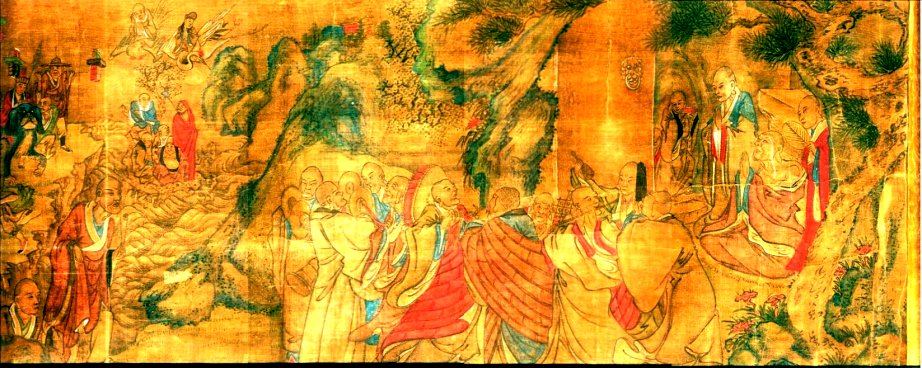
Middle Section of the Painting µe¤§¤¤łˇ
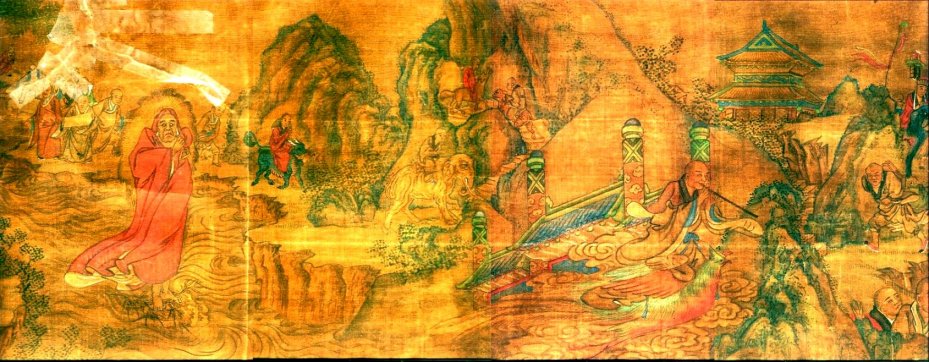
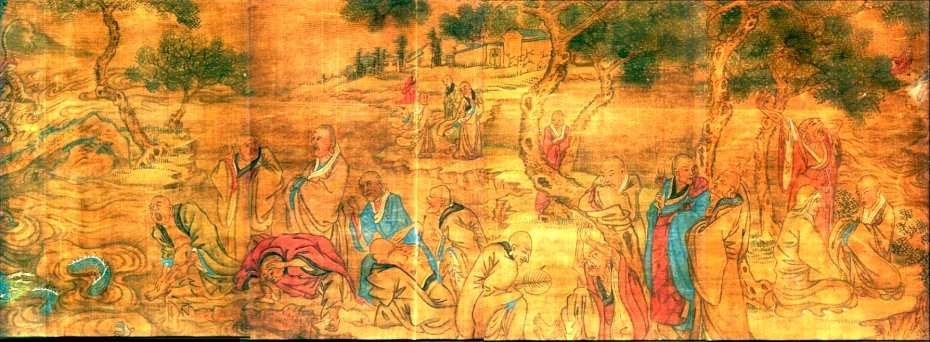
Left Section of the Painting µe¤§ĄŞłˇ
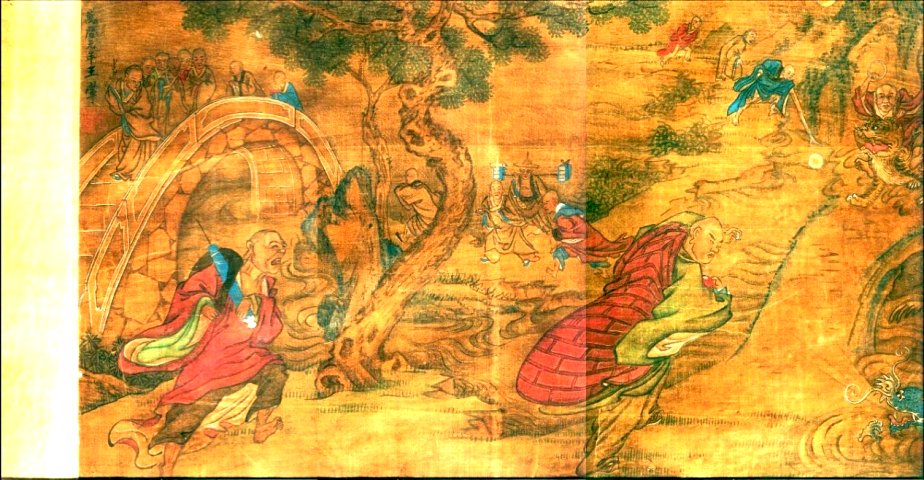

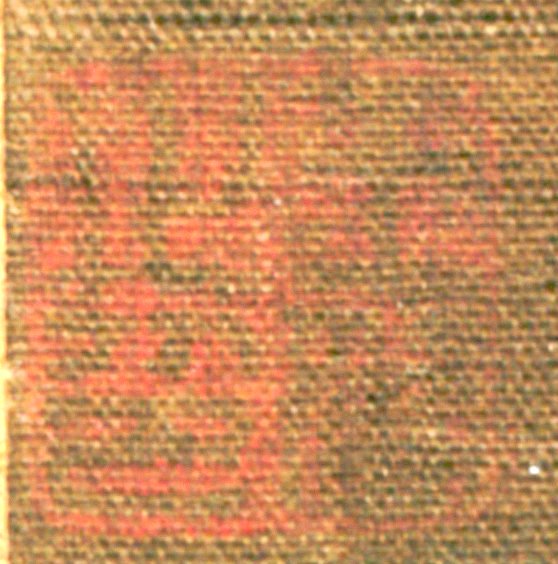
ˇ@
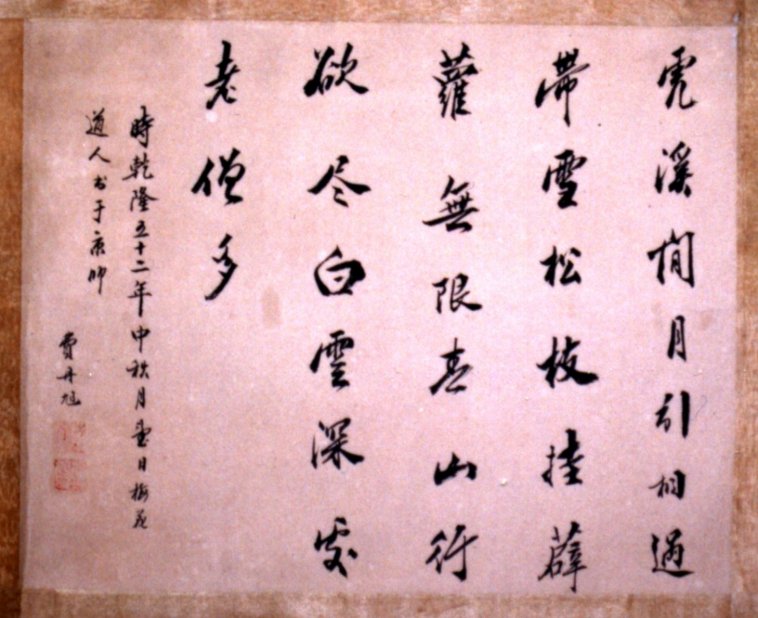
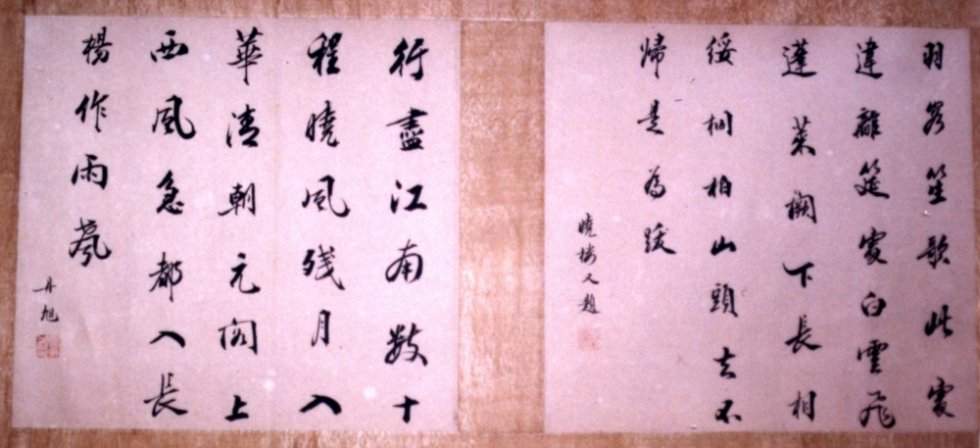
Please click at the picture above for close-up pictures
¦b¤WąĎ«ö·Ćą«ĄŞ¤W¨¤Ąi¶i¤J©ń¤jąĎ§Î
Buddish Story of A Hundred "Lohan" Handscroll Painting by Qing Dynasty Master Painter Wang Hui (1632-1717)
with three colophons by Famous Qing Painter Fei Dan-xu (1801-1850)
˛MĄN¤jµe®a¤ýćř (1632-1717) ¦ĘĂąş~¤¸¤É©xąĎ¤â¨÷
˛MĄN¦Wµe®a¶O¤¦¦°(1801-1850)ĂD§@¤T¶[
Total length is 14' with 9' painting body and 5' with all three colophons
¤â¨÷Ą]¬A¤T¶[¦@Şř429 cm, ¨ä¤¤µeŞř274 cm
ˇ@
Wang Hui (1632-1717),
zi Shigu, hao Quqiao, Gengyan Sanren, Qinghui Zhuren, Wumu Shanren, Jianmen Qiaoke, was a native of Changsu, Jiangsu. His talent in painting was much recognized by Wang Jian who later took him as a student. Then he followed Wang Shimin as well and got the valuable chance of studying and copying the ancient masterpieces of Chinese paintings in the two Wangs' collections. He was summoned to the capital in 1691 to paint the work Imperial Procession to the South for Emperor Kangxi, who wrote a piece of calligraphy with the four characters shanshui qinghui written on it, for appraising the artistic merit of Wang's landscapes. since then he became the most prominent painter. Contemporaries acclaimed him the "Sage of Painting" and the founder of Yushan School.
Wang was particularly proficient in copying ancient masterpieces, ranging from the works of the Tang masters to those of the Ming. Besides he succeeded in grasping the stylistic essence of both the Southern and Northern Schools of landscapes painting, that can be evidenced by his statement, "with the brushwork of Yuan masters, I painted the landscape after the Song model and enriched it with the apiritual resonance of the Tang masters, and through this I could achieve the Great Synthesis". Excelled in depicting landscapes, bamboo and rocks, Wang's style in his middle age was characterized by orderly compositions and meticulous brushwork, while that in his years was tinged with a sense of desolation. he was also noted for painting the landscape in the blue-and-green style and receiving this genre of painting into fashion. He was also known as one of the "Six Masters of the Early Qing Dynasty".
¤ýćř(1632¤@1717ˇ^
¦rĄŰ¨¦,¸ą÷EľöˇBŻŃýç´˛¤HˇB˛M·uĄD¤HˇBŻQĄŘ¤s¤HˇBĽCŞůľö«Č,¦żÄ¬±`Ľô¤HˇC¤ýćřĄ®§Y¦nµe,±o¤ýŲżE˝ŕ,±q¤§ľÇµe:Ä~¦Ó«ô¤J¤ý®É±ÓŞů¤U,¦]±oĄHşÉŹĚ¤G¤ý®aÂæWÂݡC¤@¤»¤E¤@¦~¤ýćř©^Ąl¤J¨Ę,¬°±dşł¬Ó«ŇşĘøˇŐ«n¨µąĎˇÖ,¸tŻŞ˝ç®Ń'¤s¤ô˛M·u"Ą|¦r,µe¦WĄŃ¦ą¤Ń¤U»D,®É¤H´L¤§¬°µe¸t,Ąç¬°˛M¸·¤s¬Ł¤§ŻŞˇC¤ýćř·ĄľŐĽ±Ąj,©ó𧺤¸©úµe®aµL©Ň¤Łżs,Żŕ¶°¤s¤ôµe«nĄ_¤G©vşëµŃˇCĄLąÁż×:"ĄH¤¸¤Hµ§ľĄ,ąB§ş¤HĄCŔ¤,¦ÓżAĄHđ¤H®đĂý,¤D¬°¤j¦¨"ˇCĄLľŐø¤s¤ôˇB¦ËĄŰ,¤¤¦~µe·şcąĎÄYÂÔ,µ§Ä˛˛Óż°,±ß¦~ÂŕÁÍ»aŻí,¨ä«Cşń¤s¤ôĄç¦łżWŻS¤§łBˇCĄÉćřĄç¬°˛MŞěĄż˛Îµe¬Ł¤»¤j®a¤§¤@ˇC
ˇ@
Collector's Note
Wang Hui was a Qing Dynasty painter but he signed with a Ming date. This could be due to that this painting was one of the ancient masterpieces copying work of Wang. The dates of the colophons are also dubious. However, the artwork is so excellent that made me believe that it is a genuine painting of Wang.
ÂĂŞĚŞ`:
¤ýćřĄ»¬O˛M¤H, ĄLĂD§@¸Uľú¤¸¦~ĄiŻŕ¬OĽ±Ąj¤§§@ˇC¦ąĄ~, ¶O¤¦¦°ĂD¶[Ąç¦łĄişĂ¤§łBˇC¦ýło´Tµe§ŢŞk¬Ć°Ş, ¬GĄç¦łĄiŻŕ¬O¤ýćř¤§§@ˇC
ˇ@